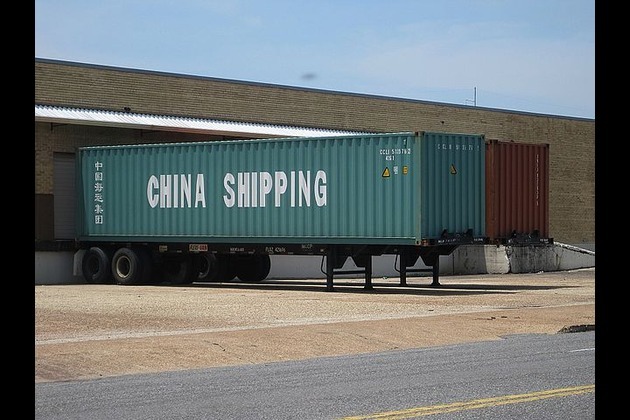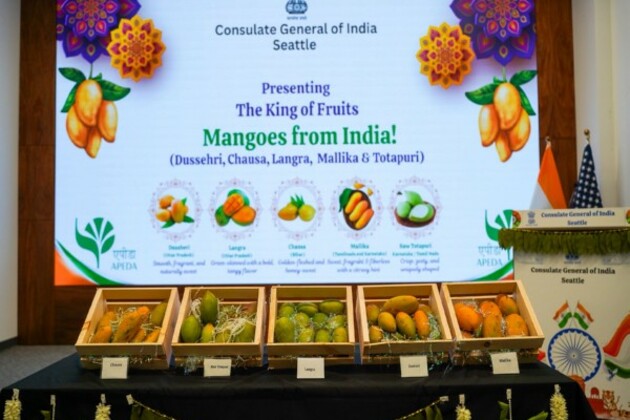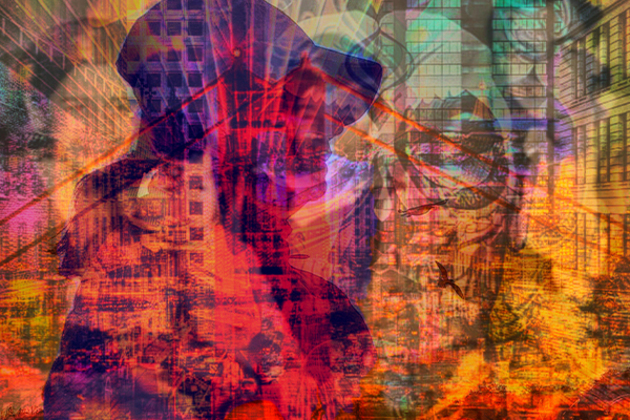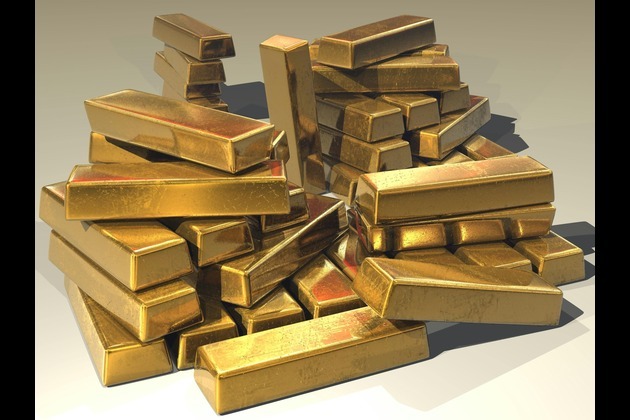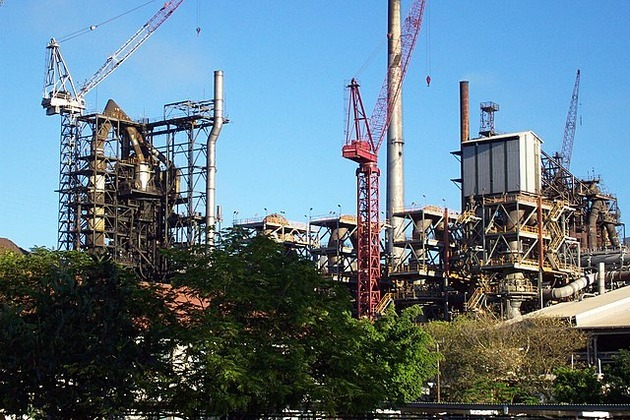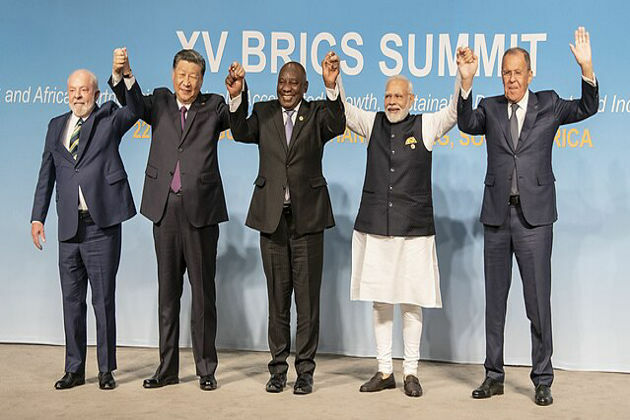Curious Kids: How is lava made?
The Conversation
23 Sep 2022, 02:08 GMT+10
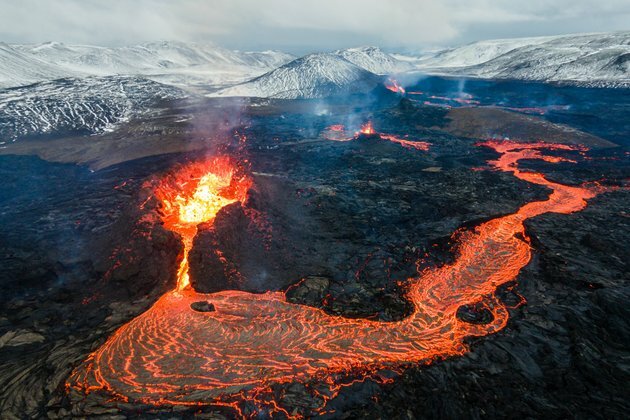
Thank you for a great question Leon!
Have you ever seen lava? What does it look like to you? Lava can be red, fiery and liquid or cool, dark and solid, like in the picture above.
In the picture you can see red hot lava, flowing over black solid rock where the lava has cooled. Lava is molten rock, melted because of very high temperatures, much, much hotter than you would see on the surface of the earth.
Can you imagine how hot it must be to melt rock? This gives a clue about how lava is made, somewhere with very high temperatures below Earth's surface.
While underground, the liquid rock is called magma; it becomes lava when it flows onto the planet's surface, usually through a volcano. When the lava cools - that's the dark solid ground you see in the image - it is called "igneous" rock. This means "fire" in Latin (scientists use a lot of Latin words), so it is fire rock.
To understand how lava is made and where it comes from, we need to journey below Earth's surface - which we can't do, because it would be too dangerous. Imagine trying to travel somewhere hot enough to melt rock, what would that do to you?
Instead, we can look at the structure of Earth in the image below and imagine the journey.
We would travel down through Earth's crust, into the mantle and then into the core. Once there, we would discover that the crust and mantle are mostly solid rock. After the mantle we would notice the liquid outer core and then the solid metal inner core.
In Earth's core the temperatures are very hot, usually between 5,000 and 7,000 degrees Celsius. Think about this to compare: chocolate starts melting at around 80℃ and tap water boils at 100℃. This very hot core acts like an oven for Earth, heating it from within.
Along the way we might find some magma in the mantle where it is made, in a space between the outer mantle and Earth's crust. Magma is formed through heat and pressure - imagine squeezing a ball of plasticine as hard as you can: that is you putting pressure on the ball. While the mantle is not as hot as the liquid core, there is a lot more pressure. The pressure is caused by movement in the rocky mantle, pressing against the crust.
This pressure, and the temperatures from Earth's "oven" at the core, cause rock to melt and magma is formed. The magma moves to Earth's surface through openings - sometimes these openings are volcanoes - and forms new crust.
Often the new crust forms into islands, like many of the Pacific islands. This happens because liquid comes out through openings on the sea floor and cools, forming land.
You can watch this video for the story from Mother Earth herself. But be warned: never put rocks in a fire to try and melt them, some might explode! I'll let you ask about that another time.
Author: Janice Crerar - Lecturer in Education, Charles Darwin University 
 Share
Share
 Tweet
Tweet
 Share
Share
 Flip
Flip
 Email
Email
Watch latest videos
Subscribe and Follow
Get a daily dose of Japan Herald news through our daily email, its complimentary and keeps you fully up to date with world and business news as well.
News RELEASES
Publish news of your business, community or sports group, personnel appointments, major event and more by submitting a news release to Japan Herald.
More InformationAsia Pacific
SectionBeijing hits back at EU with medical device import curbs
HONG KONG: China has fired back at the European Union in an escalating trade dispute by imposing new restrictions on medical device...
India's Consulate in Seattle hosts mango tasting event
Seattle [US], July 11 (ANI): As part of the Indian Consulate General in Seattle's trade promotion and increased market access initiatives,...
"It's quite funny, I'm playing the 100th in a pink-ball game": Starc reflects on his 100th test
New Delhi [India], July 11 (ANI): Ahead of his 100th Test of his career, Australian pacer Mitchell Starc said it's quite funny that...
Petals in the Wind, Roots in Our Hearts
By Suvir Saran New Delhi [India], July 11 (ANI): Life does not end when the body rests. It does not dim when the breath quiets. For...
Women's Big Bash League 11 schedule announced; Melbourne Renegades, Brisbane Heat to play opening fixture
New Delhi [India], July 11 (ANI): Melbourne Renegades and Brisbane Heat are set to kick off the Women Big Bash League (WBBL) 11 season...
Taiwan reports heightened Chinese incursions around territory
Taipei [Taiwan], July 11 (ANI): Taiwan's Ministry of National Defense on Friday detected one Chinese aircraft and nine Chinese naval...
Business
SectionEx-UK PM Sunak takes advisory role at Goldman Sachs
NEW YORK CITY, New York: Former British prime minister Rishi Sunak will return to Goldman Sachs in an advisory role, the Wall Street...
Gold ETF inflows hit 5-year high as tariffs drive safe-haven bets
LONDON, U.K.: Physically backed gold exchange-traded funds recorded their most significant semi-annual inflow since the first half...
PwC: Copper shortages may disrupt 32 percent of chip output by 2035
AMSTERDAM, Netherlands: Some 32 percent of global semiconductor production could face climate change-related copper supply disruptions...
U.S. stocks recover after Trump-tariffs-induced slump
NEW YORK, New York - U.S. stocks rebounded Tuesday with all the major indices gaining ground. Markets in the UK, Europe and Canada...
Stocks slide as Trump unveils 25% tariffs on Japan, S. Korea
NEW YORK CITY, New York: Financial markets kicked off the week on a cautious note as President Donald Trump rolled out a fresh round...
BRICS issues rebuke on trade and Iran, avoids direct US criticism
RIO DE JANEIRO, Brazil: At a two-day summit over the weekend, the BRICS bloc of emerging economies issued a joint declaration condemning...

